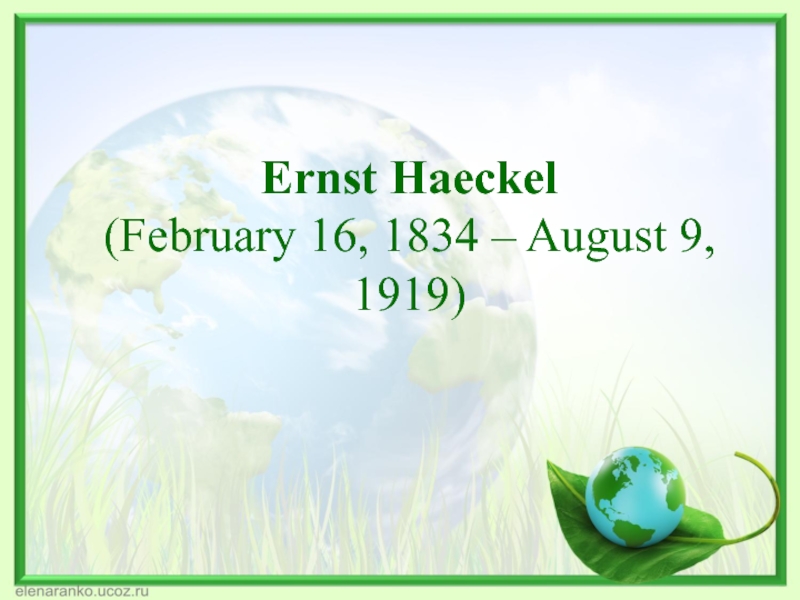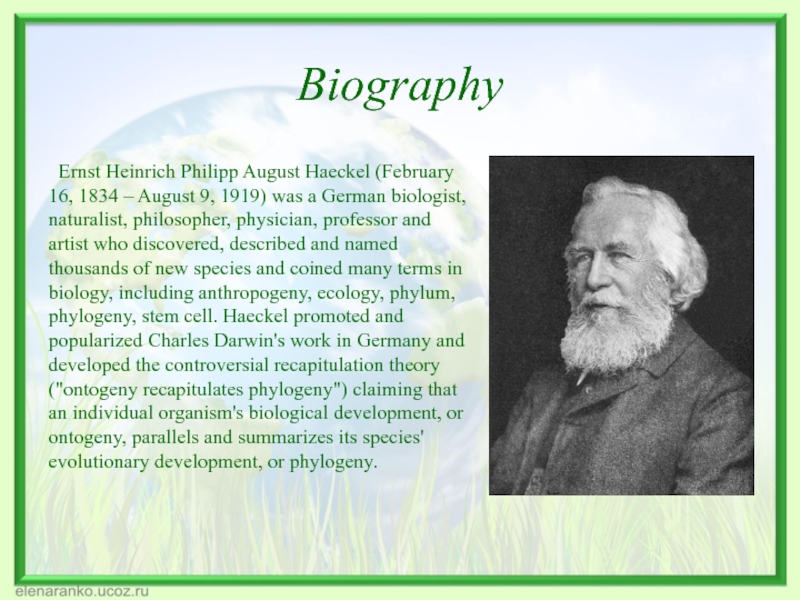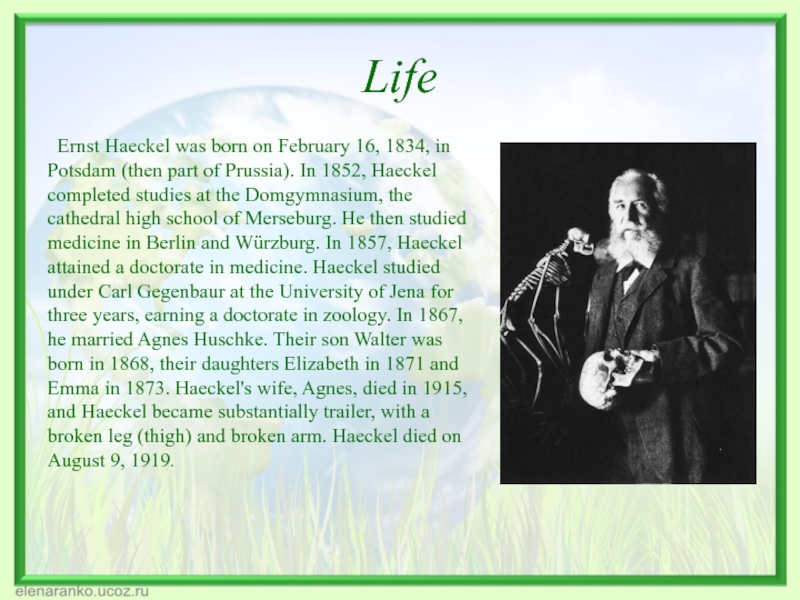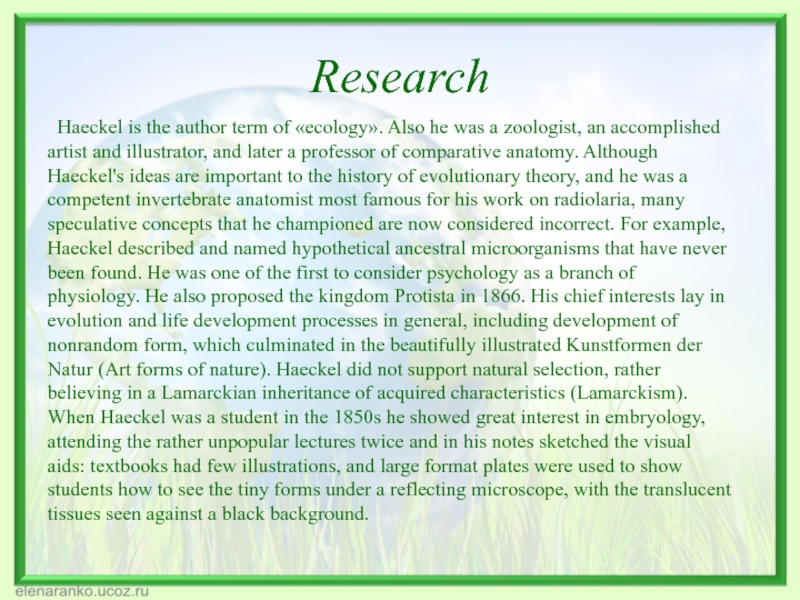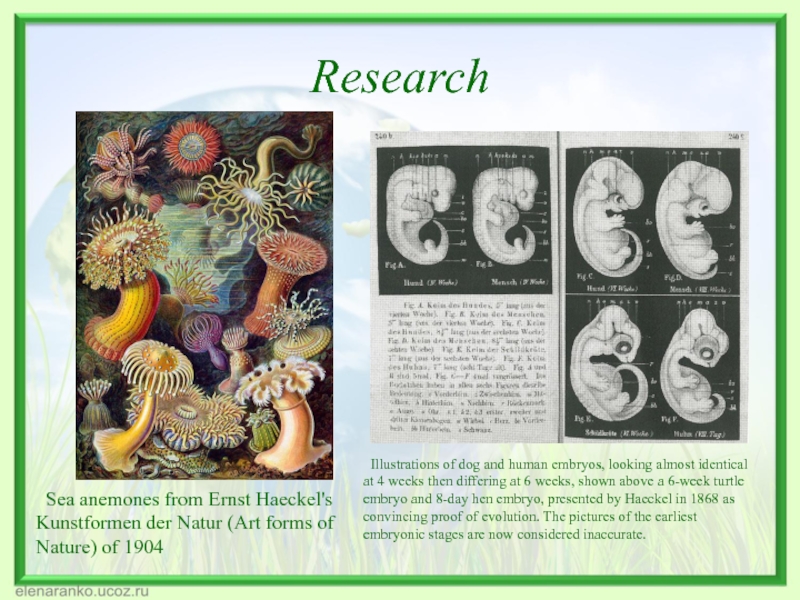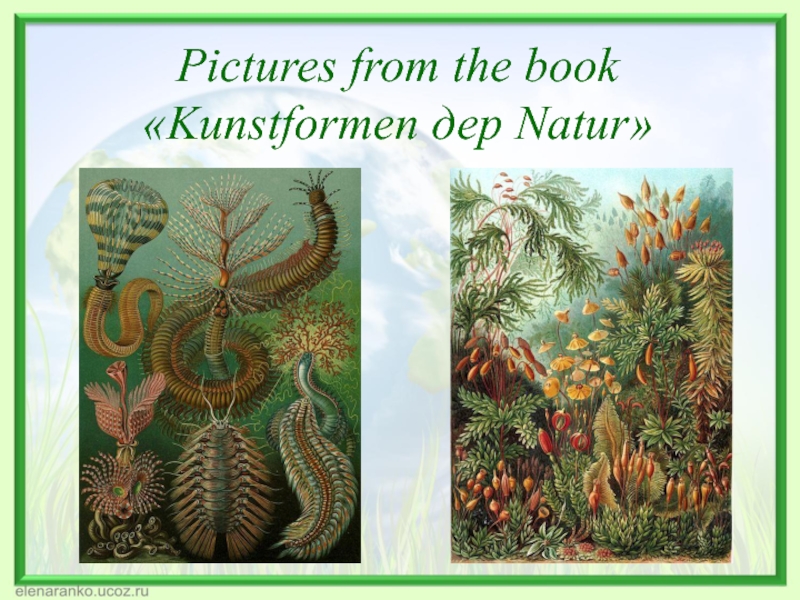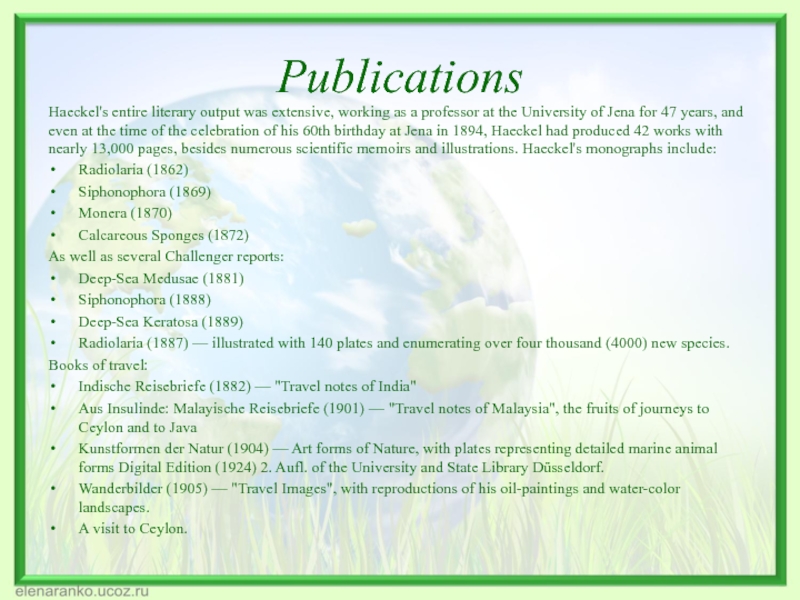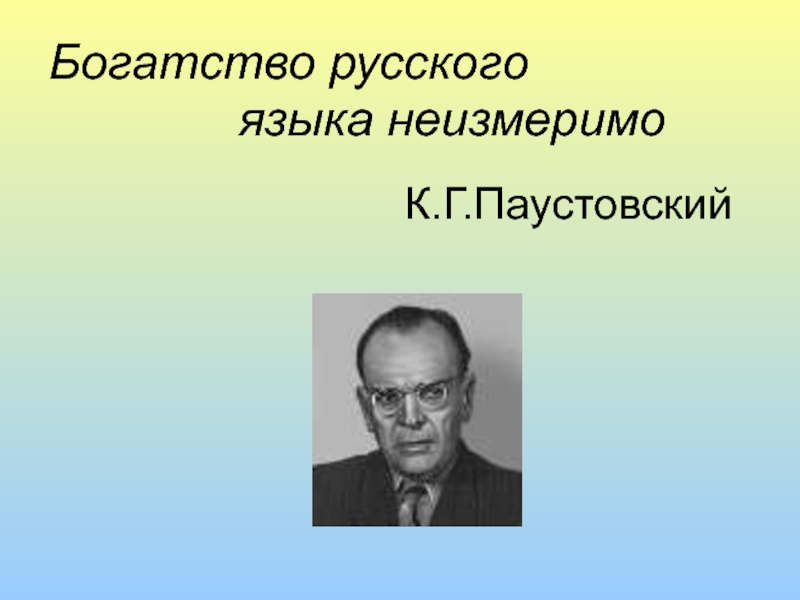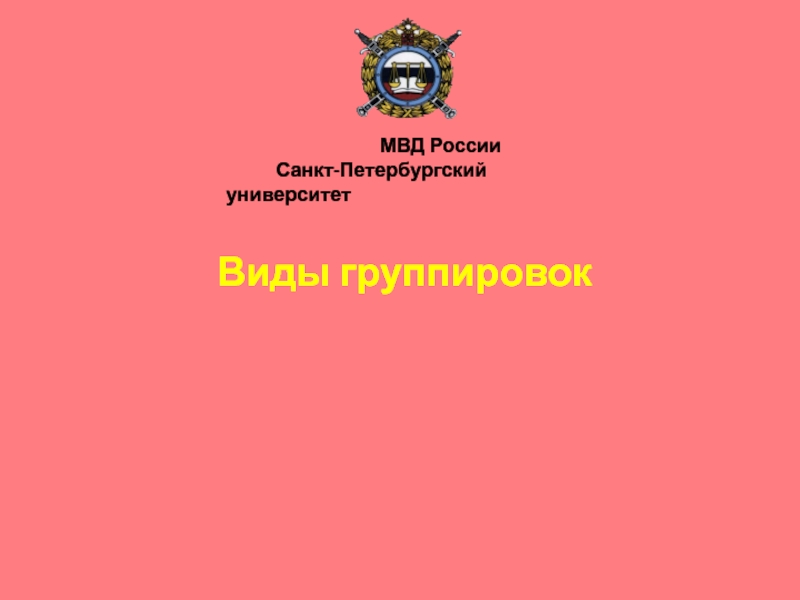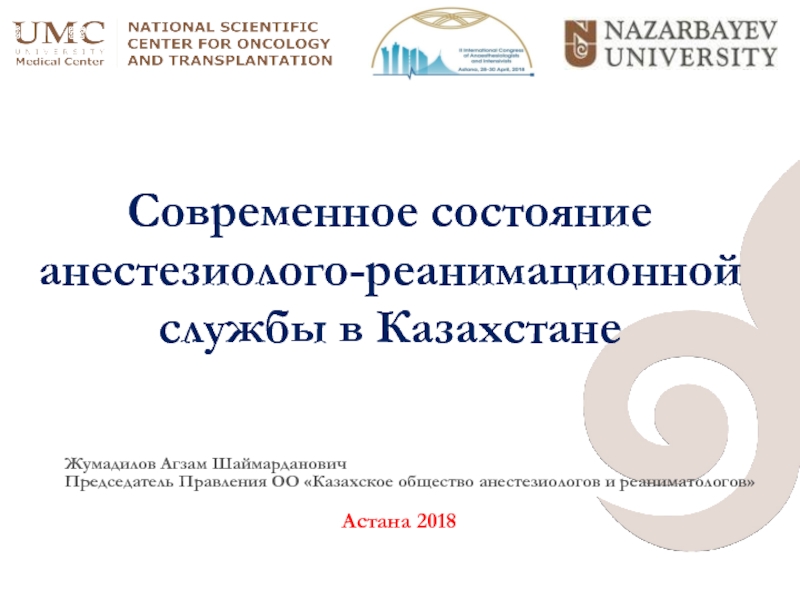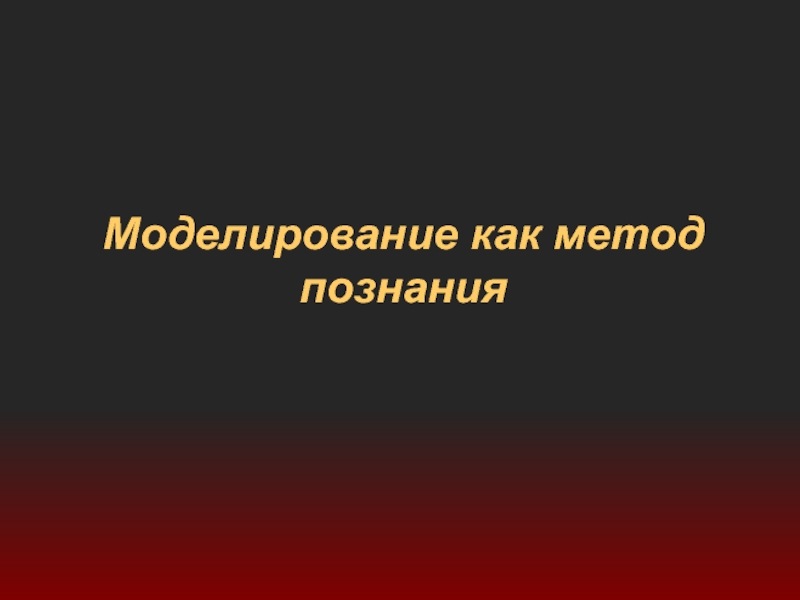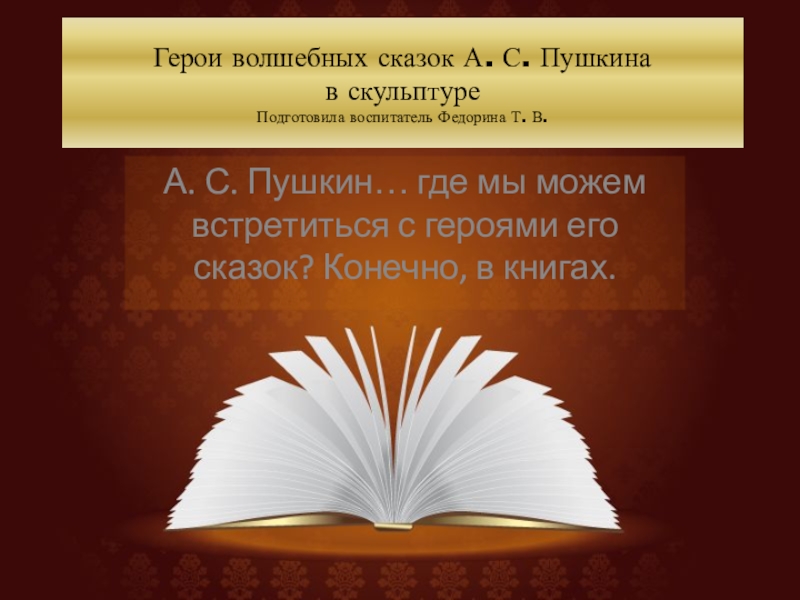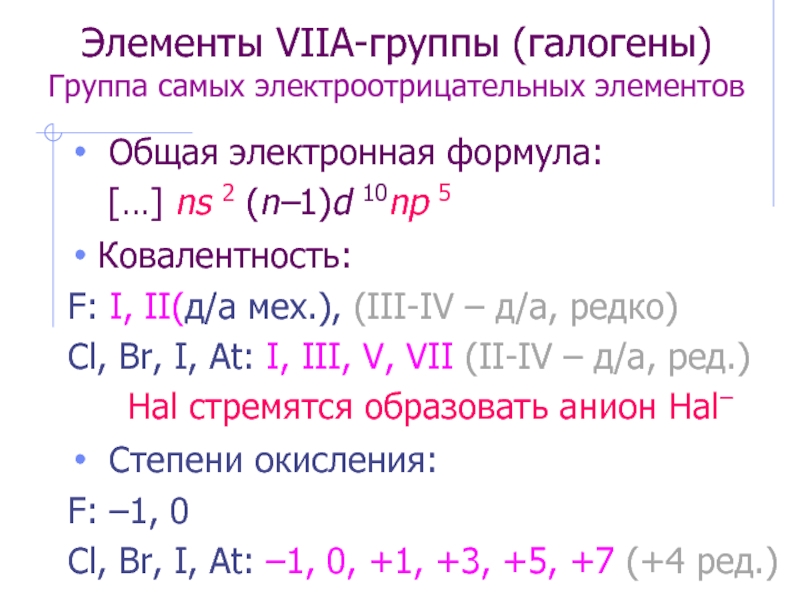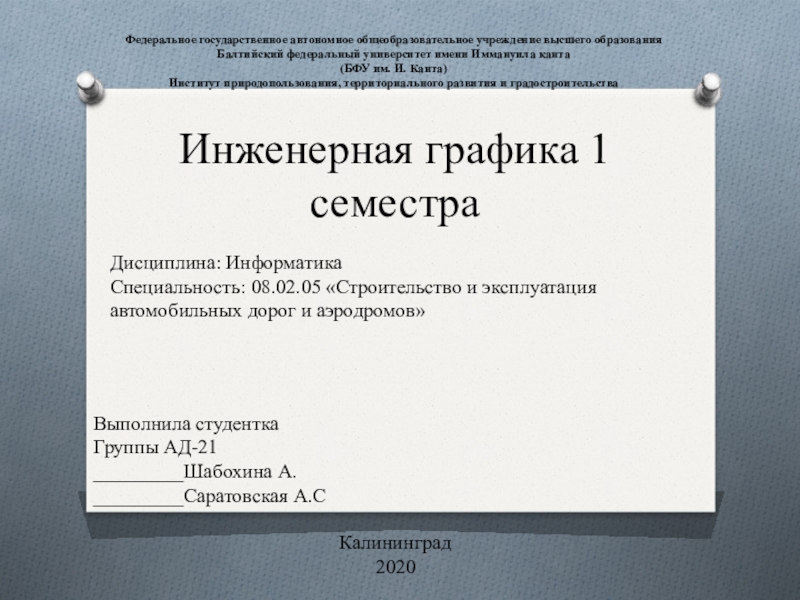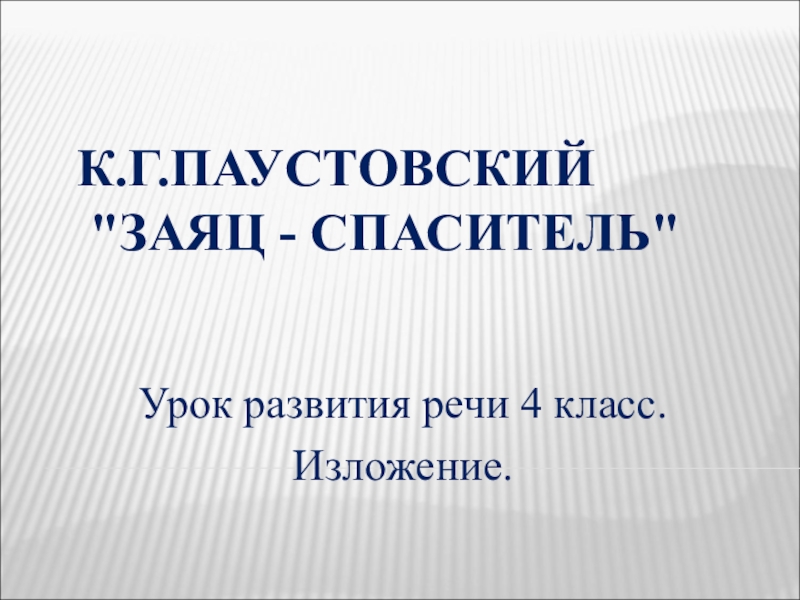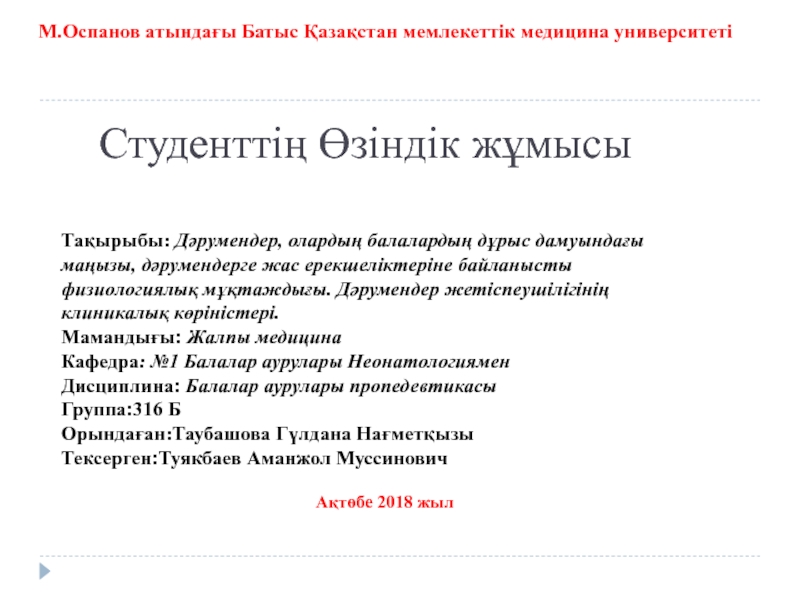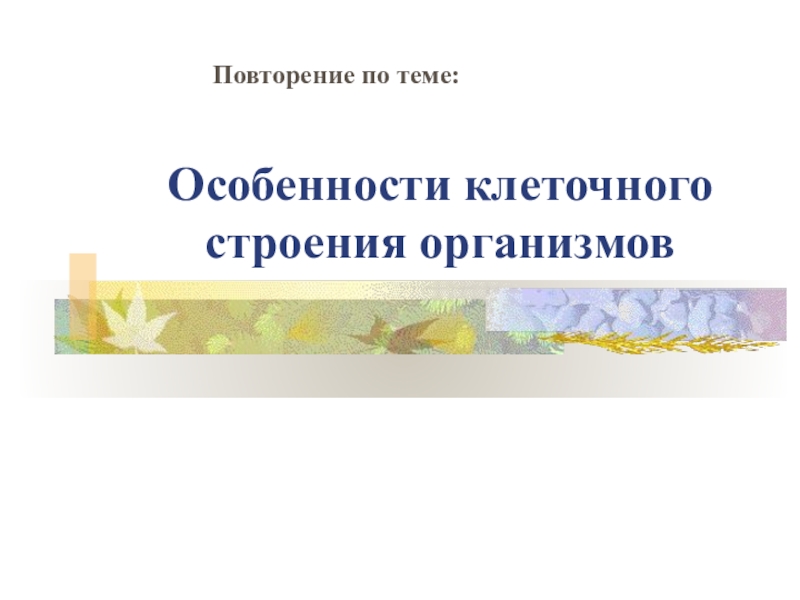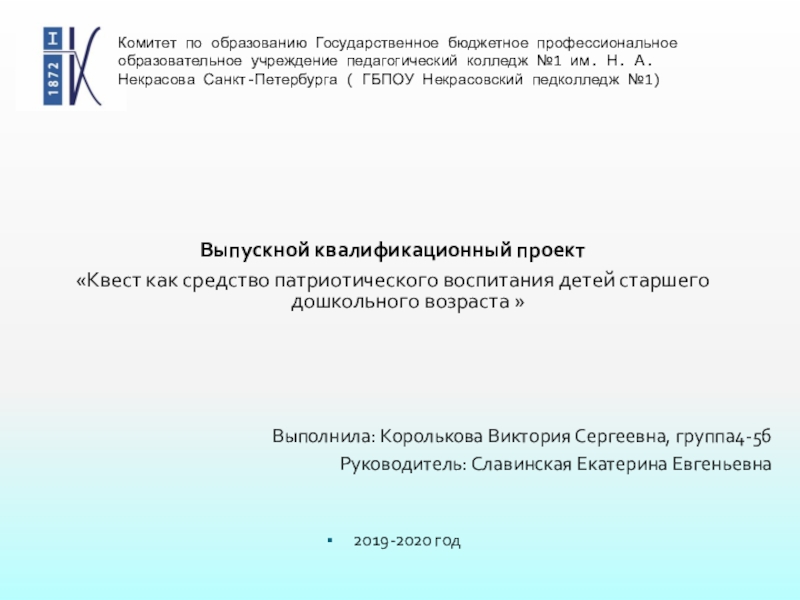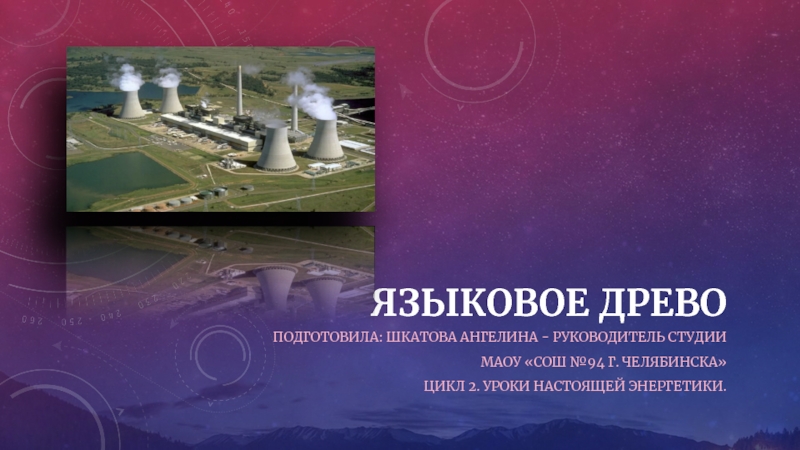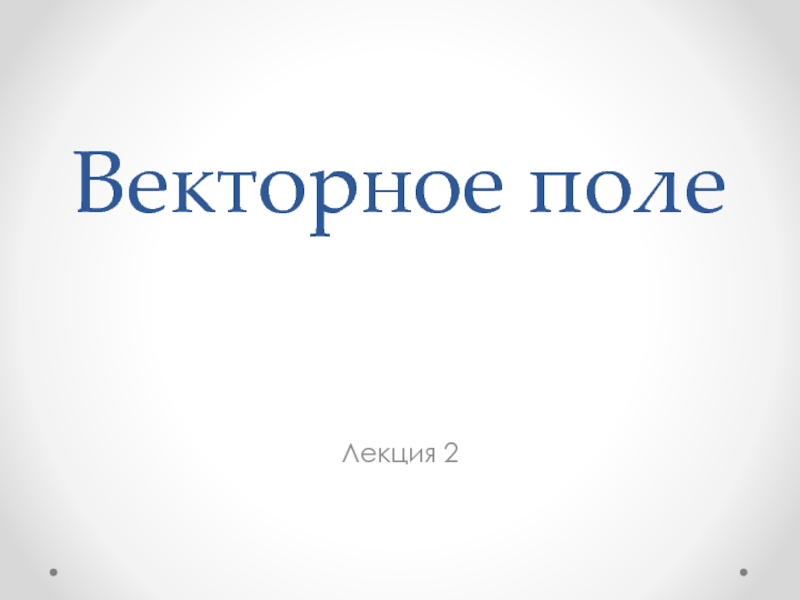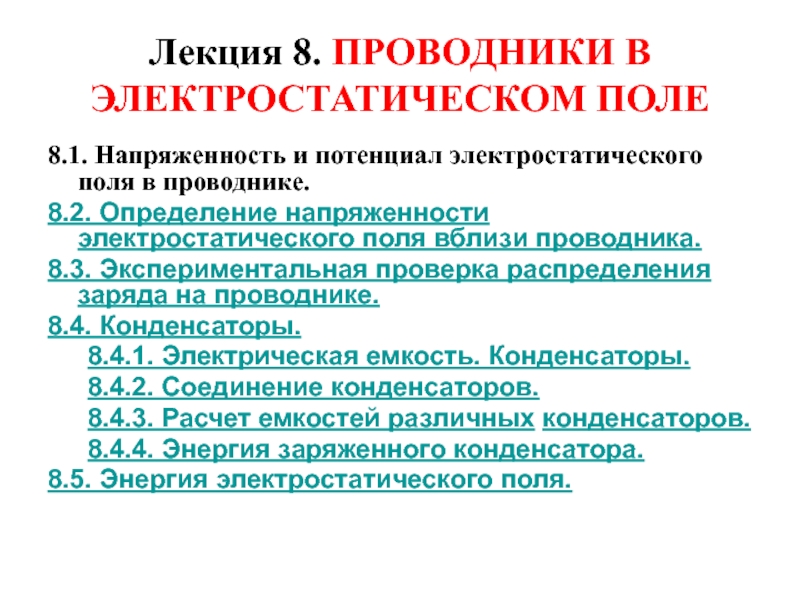Разделы презентаций
- Разное
- Английский язык
- Астрономия
- Алгебра
- Биология
- География
- Геометрия
- Детские презентации
- Информатика
- История
- Литература
- Математика
- Медицина
- Менеджмент
- Музыка
- МХК
- Немецкий язык
- ОБЖ
- Обществознание
- Окружающий мир
- Педагогика
- Русский язык
- Технология
- Физика
- Философия
- Химия
- Шаблоны, картинки для презентаций
- Экология
- Экономика
- Юриспруденция
Ernst Haeckel (February 16, 1834 – August 9, 1919)
Содержание
- 1. Ernst Haeckel (February 16, 1834 – August 9, 1919)
- 2. Biography Ernst Heinrich Philipp August Haeckel (February
- 3. Life Ernst Haeckel was born on February
- 4. Research Haeckel is the author term of
- 5. Research Sea anemones from Ernst Haeckel's Kunstformen
- 6. Pictures from the book «Kunstformen дер Natur»
- 7. PublicationsHaeckel's entire literary output was extensive, working
- 8. Скачать презентанцию
Biography Ernst Heinrich Philipp August Haeckel (February 16, 1834 – August 9, 1919) was a German biologist, naturalist, philosopher, physician, professor and artist who discovered, described and named thousands of new
Слайды и текст этой презентации
Слайд 3Life
Ernst Haeckel was born on February 16, 1834, in
Potsdam (then part of Prussia). In 1852, Haeckel completed studies
at the Domgymnasium, the cathedral high school of Merseburg. He then studied medicine in Berlin and Würzburg. In 1857, Haeckel attained a doctorate in medicine. Haeckel studied under Carl Gegenbaur at the University of Jena for three years, earning a doctorate in zoology. In 1867, he married Agnes Huschke. Their son Walter was born in 1868, their daughters Elizabeth in 1871 and Emma in 1873. Haeckel's wife, Agnes, died in 1915, and Haeckel became substantially trailer, with a broken leg (thigh) and broken arm. Haeckel died on August 9, 1919.Слайд 4Research
Haeckel is the author term of «ecology». Also he
was a zoologist, an accomplished artist and illustrator, and later
a professor of comparative anatomy. Although Haeckel's ideas are important to the history of evolutionary theory, and he was a competent invertebrate anatomist most famous for his work on radiolaria, many speculative concepts that he championed are now considered incorrect. For example, Haeckel described and named hypothetical ancestral microorganisms that have never been found. He was one of the first to consider psychology as a branch of physiology. He also proposed the kingdom Protista in 1866. His chief interests lay in evolution and life development processes in general, including development of nonrandom form, which culminated in the beautifully illustrated Kunstformen der Natur (Art forms of nature). Haeckel did not support natural selection, rather believing in a Lamarckian inheritance of acquired characteristics (Lamarckism). When Haeckel was a student in the 1850s he showed great interest in embryology, attending the rather unpopular lectures twice and in his notes sketched the visual aids: textbooks had few illustrations, and large format plates were used to show students how to see the tiny forms under a reflecting microscope, with the translucent tissues seen against a black background.Слайд 5Research
Sea anemones from Ernst Haeckel's Kunstformen der Natur (Art
forms of Nature) of 1904
Illustrations of dog and human
embryos, looking almost identical at 4 weeks then differing at 6 weeks, shown above a 6-week turtle embryo and 8-day hen embryo, presented by Haeckel in 1868 as convincing proof of evolution. The pictures of the earliest embryonic stages are now considered inaccurate.Слайд 7Publications
Haeckel's entire literary output was extensive, working as a professor
at the University of Jena for 47 years, and even
at the time of the celebration of his 60th birthday at Jena in 1894, Haeckel had produced 42 works with nearly 13,000 pages, besides numerous scientific memoirs and illustrations. Haeckel's monographs include:Radiolaria (1862)
Siphonophora (1869)
Monera (1870)
Calcareous Sponges (1872)
As well as several Challenger reports:
Deep-Sea Medusae (1881)
Siphonophora (1888)
Deep-Sea Keratosa (1889)
Radiolaria (1887) — illustrated with 140 plates and enumerating over four thousand (4000) new species.
Books of travel:
Indische Reisebriefe (1882) — "Travel notes of India"
Aus Insulinde: Malayische Reisebriefe (1901) — "Travel notes of Malaysia", the fruits of journeys to Ceylon and to Java
Kunstformen der Natur (1904) — Art forms of Nature, with plates representing detailed marine animal forms Digital Edition (1924) 2. Aufl. of the University and State Library Düsseldorf.
Wanderbilder (1905) — "Travel Images", with reproductions of his oil-paintings and water-color landscapes.
A visit to Ceylon.
